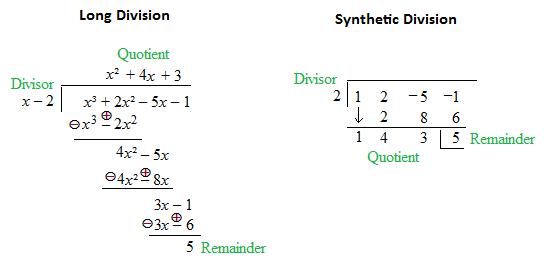Oh my my~
It's been far too long, dear guests of Mathland!
Such a lovely time to see you again, for today we will be heading to the Hatter!
I must warn you though, since we are learning about rational functions, the Hatter might no quite be the most...."rational" about some things, yes?
As said, rational functions are usually derived from the equation of:
F(x) = P(x)/Q(x)
The "P" represents the factors of the ending coefficient while the "Q" represents the factors of the leading coefficient.
By using such an equation, the answer given could be similar to that of the vertical and horizontal asymptotes.
A much simpler way, to find the vertical asymptote, just set the denominator equal to 0. The answer would be written as "x= (answer)", since the vertical asymptote is always along the x axis.
The horizontal asymptote however, you can find by comparing the leading exponents of the numerator and denominator. If they are equal then we set the leading coefficients over each other, if the the top is greater than the bottom then DNE, and if the top is less than the bottom, y=0.
The slant asymptote on the other hand only occurs if the answer to the horizontal asymptote is DNE (does not exist) - or basically, the exponent of the numerator is greater than that of the denominator.
Finally, for holes, you factor the numerator and denominator to see if any of the parentheses cancel. If they do then you sent the canceled out parentheses to 0 and plug that answer into the left over un-factored equation.
Well, that will be all for today.~
I hope you enjoyed this little lesson as well as the visit to our dear Mad Hatter.
You never thought of him as a real person have you?
It does seem quiet unrealistic for such a mad and i-rational man to exist...but then again...we are in the mad mad Mathland, yes?~
Very well then, I bid you all farewell and goodnight....~







